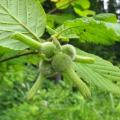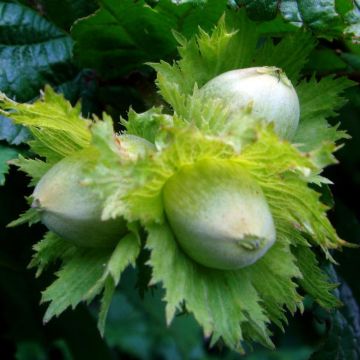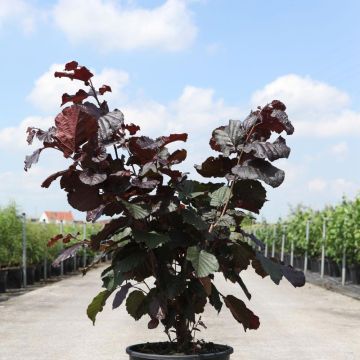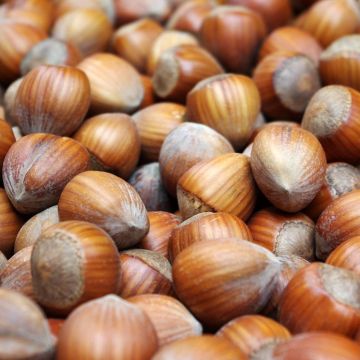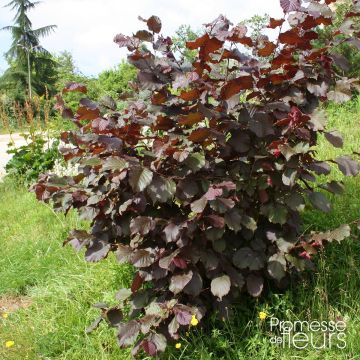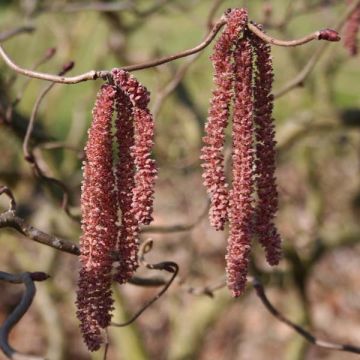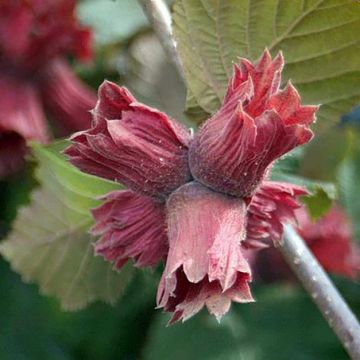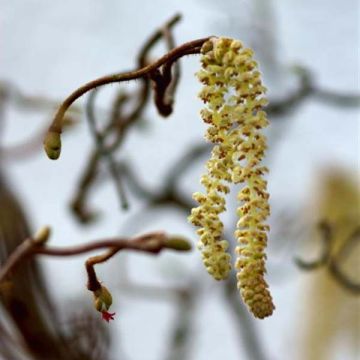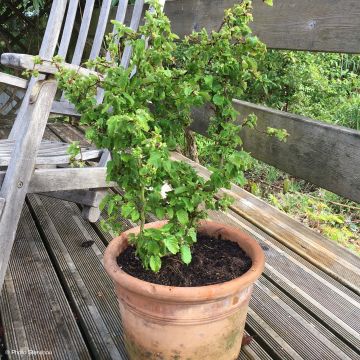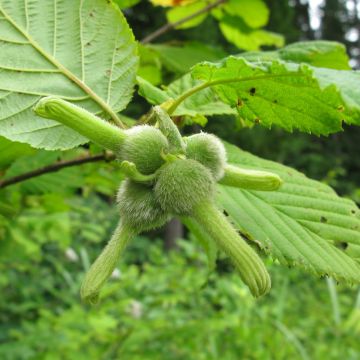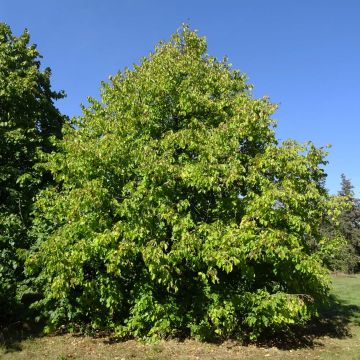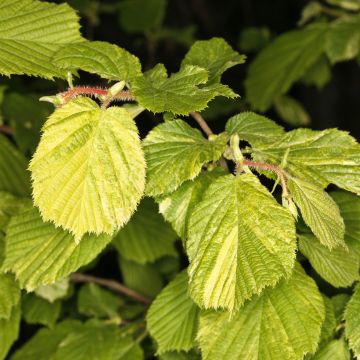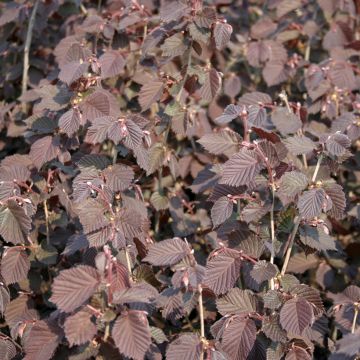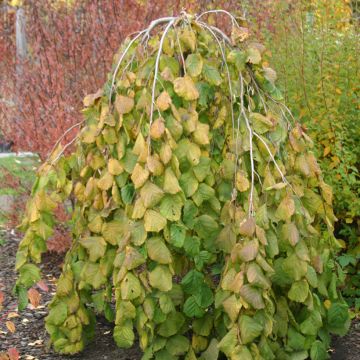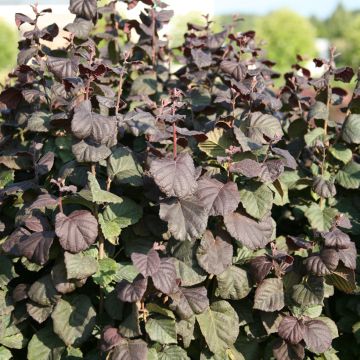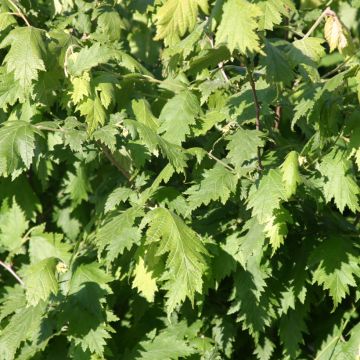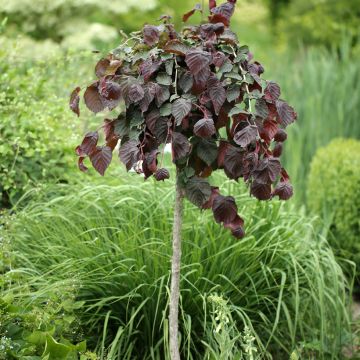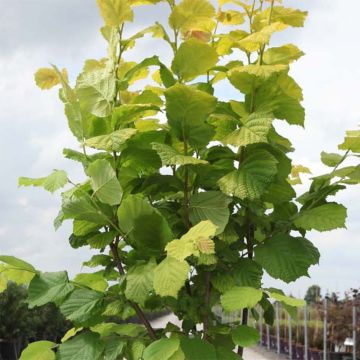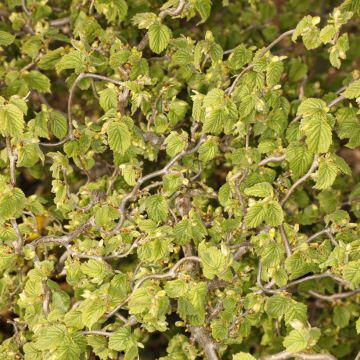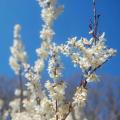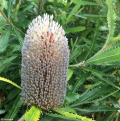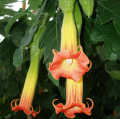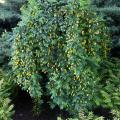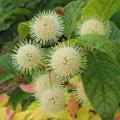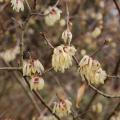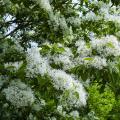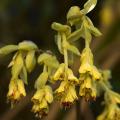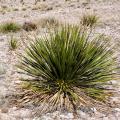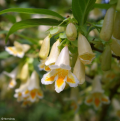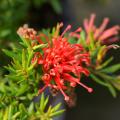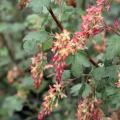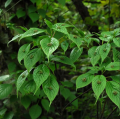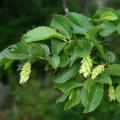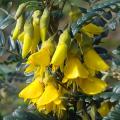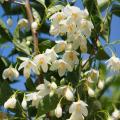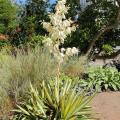Corylus - Hazelnuts
Does this plant fit my garden? Set up your Plantfit profile →
Available in 4 sizes
Available in 3 sizes
Available in 1 sizes
Available in 1 sizes
Available in 3 sizes
Available in 3 sizes
Available in 1 sizes
Available in 2 sizes
Available in 1 sizes
Available in 1 sizes
Available in 1 sizes
Available in 1 sizes
Available in 1 sizes
Available in 1 sizes
Available in 1 sizes
Available in 1 sizes
Available in 1 sizes
Available in 1 sizes
Available in 1 sizes
The Hazelnuts or Corylus are large shrubs that form a very decorative bush, with hard-shelled fruits. These plants are very hardy, their rounded, toothed foliage turns yellow in autumn before dropping. From late December to early March, their blooms, in long purple or yellow catkins, can be damaged by the cold. They can produce up to 7 to 12 kg per mature tree and start producing from the sixth year of growing. The Purple Twisted Hazelnut (2m (7ft)) is a variety with sinuous branches and purple foliage in spring, green in summer and red in autumn. Corylus are planted in light soil, poor or rocky soils but not too chalky soils and especially not in clayey or wet soils, They can be planted in sunny or semi-shaded positions. Pruning in February removes excess shoots and old, poorly growing, dry and diseased stems, ensuring that the center of the bush is well cleared. Hazelnuts can be used as solitary plants, free hedges, or background plants for flower beds. Hazelnuts are good for the cardiovascular system, they are rich in lipids, proteins, vitamins E and B. Tip: To stop worms from eating the fruit, spray a treatment when the fruits are forming.
Haven't found what you were looking for?



































